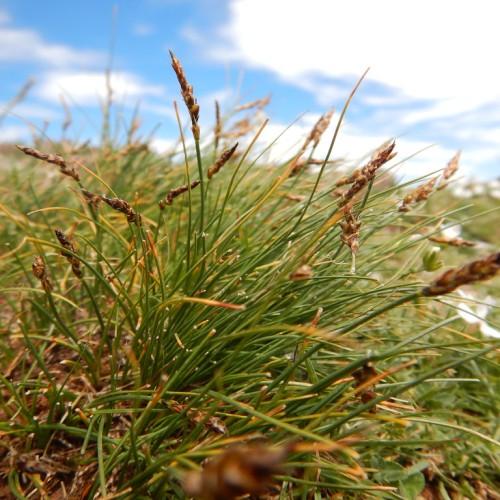
Bellard's Kobresia
Carex myosuroides
Watering:
Frequent
Hardiness Zone:
Flowers:
Flowers In Spring
Sun:
Sun
Soil:
Sand
Leaf:
Yes
Growth Rate:
Low
Drought Tolerant:
Yes
Salt Tolerant:
Yes
Care Level:
Medium
watering
Muhlenberg's Sedge (Carex muehlenbergii var. enervis) should be watered when the soil becomes dry to the touch. A general rule of thumb is that plants should not be watered more than once a week during the growing season. Give the plant 1-2 inches of water at each session. Water only at the base of the plant and make sure not to leave any standing water around the plant. During winter months, water less frequently, allowing the soil to dry out to a greater degree between waterings.
sunlight
Muhlenberg's sedge (Carex muehlenbergii var. enervis) is a perennial plant found in North America. It grows best when provided with full sun to partial shade. When given the proper amount of sunlight, the plant can reach heights of 9 to 14 inches. The ideal amount of direct sun for this species is 4 to 6 hours of direct sunlight per day. The sedge should also receive indirect light the rest of the day, which can help to increase flowering and growth. When given too much direct sunlight, the foliage may become burnt and dried out. Too little sunlight can result in pale foliage and sparse growth.
pruning
Muhlenberg's Sedge (Carex muehlenbergii var. enervis) should be pruned in late winter or early spring, before new growth begins. Pruning should include removal of any dead or damaged leaves or stems, as well as thinning out overly dense areas for increased air circulation. Trim the edges of the clumps slightly and remove any old foliage that has died off throughout the winter. Be careful not to prune too much at once, as this could damage the plant's health. Additionally, fertilizing in early spring can help to promote healthy new growth and should be considered.
